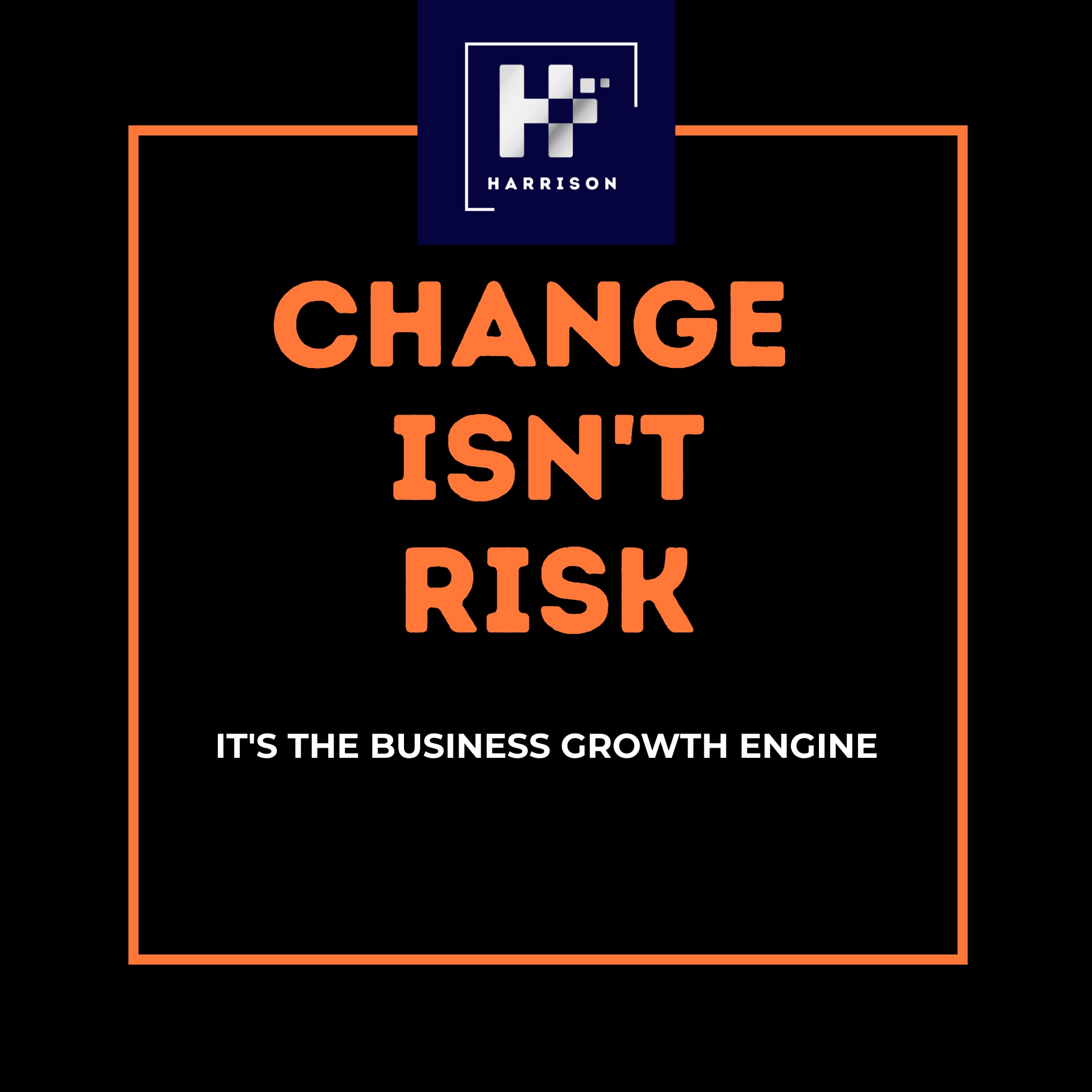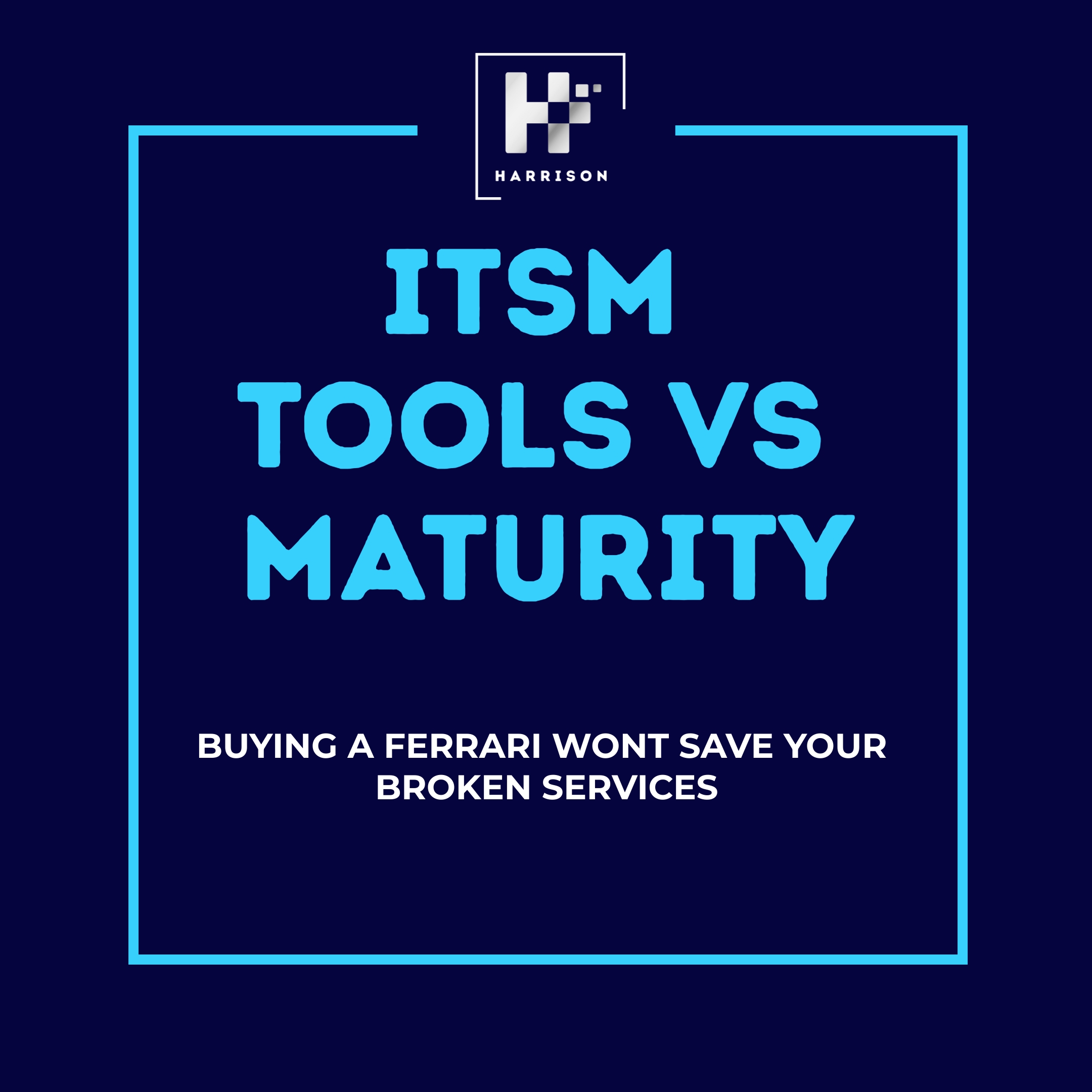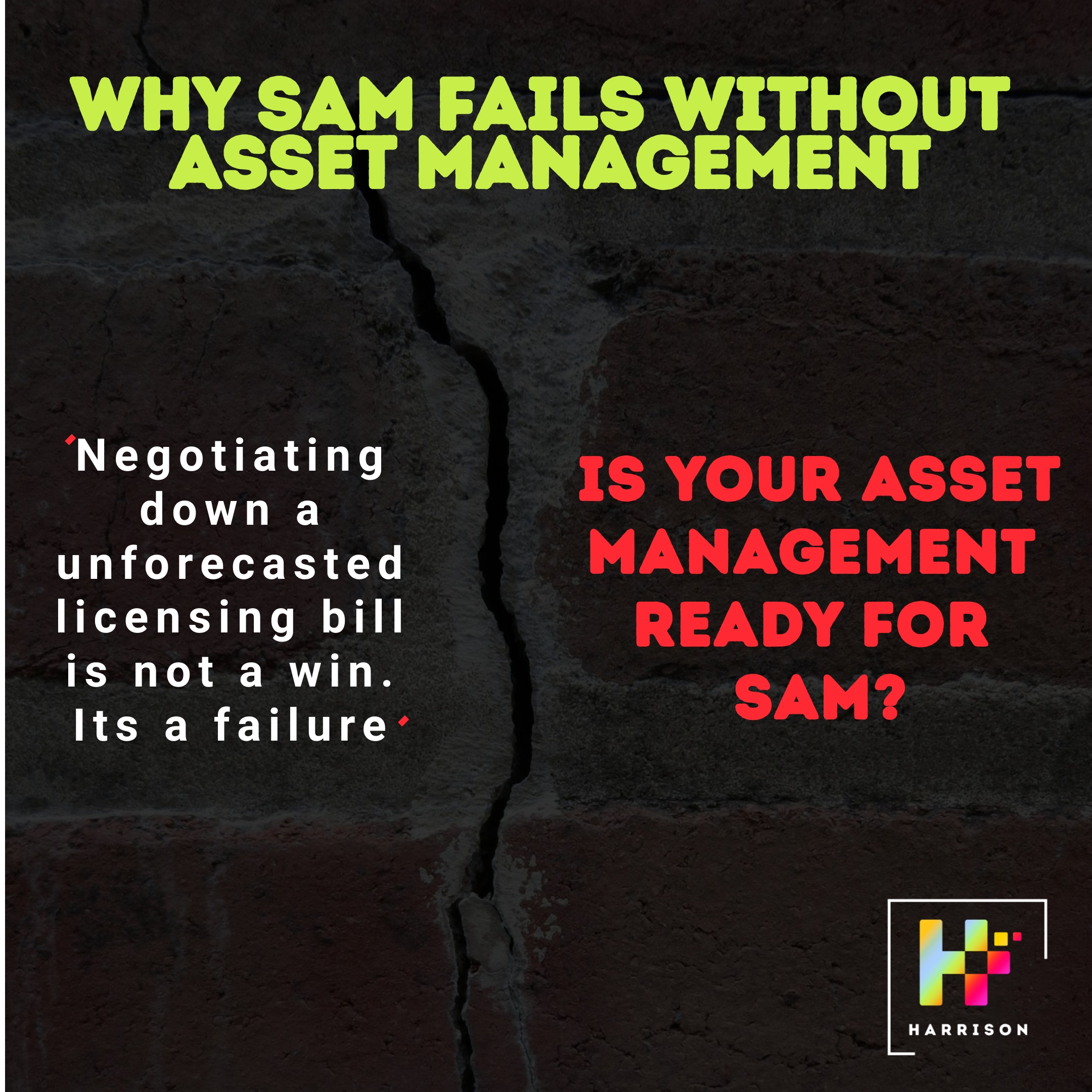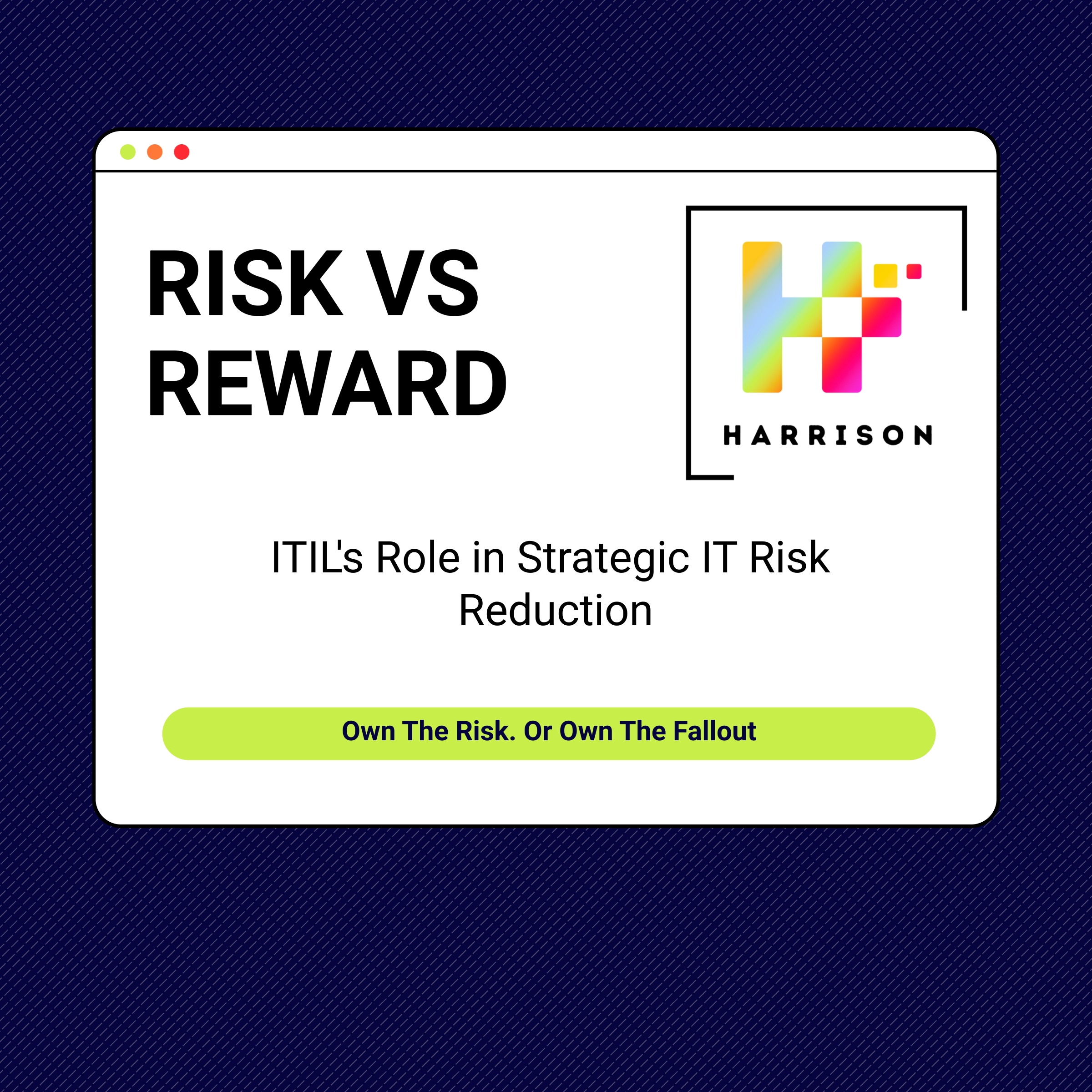Change Isn’t Risk – It’s the Business Growth Engine
Introduction
Change Enablement is one of the most misunderstood ITIL practices. Too many organisations still treat change as something to be feared rather than leveraged — a risk to be contained, not a lever to accelerate growth. This fear turns CAB meetings into bureaucratic rituals, slows down releases, and frustrates teams. In an era where businesses compete on speed, that’s a serious problem.
This week’s blog isn’t about change for change’s sake — it’s about making change fast, safe, and meaningful. If your CAB is still a once-a-week approval board and your developers roll their eyes at the process, this is for you.
The Good
- Change Can Be Your Growth Engine: When designed well, change enablement keeps the business innovating confidently and safely.
- Risk Managed at Speed: Proper categorisation and automation reduce failed changes while actually speeding up delivery.
- Business Trust: Executives gain confidence that IT changes won’t bring the business down at critical moments.
The Bad
- CAB Theatre: Endless meetings where every change gets rubber-stamped with no real conversation about risk or value.
- Change Freezes: Knee-jerk freezes that stop innovation during critical commercial windows.
- Shadow IT: Teams bypass the process altogether, introducing unmanaged risk and untracked spend.
- Tool-Only Thinking: Buying ServiceNow or Jira doesn’t fix culture. Tools without process maturity simply automate chaos.
The Strategic Consequences
Organisations that get change wrong aren’t just inefficient — they’re vulnerable. Failed changes lead to outages, reputational damage, and unplanned costs. But the bigger danger is opportunity cost: the features you didn’t ship, the products delayed, the competitive edge you handed to faster-moving rivals.
How to Fix It (and Measure It)
Here’s where we get practical. Don’t just have a CAB — have a strategy.
1. Segment Your Changes
Create clear Standard, Normal, and Emergency change definitions. Automate standard change approvals so they never even hit CAB. If a change has been done 50 times with no incidents, stop making humans approve it.
2. Automate Risk Assessment
Use your ITSM tool’s change risk scoring (e.g., ServiceNow’s Change Risk Predictor) to auto-route low-risk changes straight to implementation. Reserve human review for high-risk or business-critical work.
3. Turn CAB into a Value Discussion
Invite product owners, architects, and business representatives — not just IT operations. CAB should answer: “What business value will this unlock?” and “What risk are we mitigating?” If your CAB only checks boxes, you’re wasting everyone’s time.
4. Embed in DevOps
Integrate change approval into CI/CD pipelines. Automated testing + automated risk scoring = safe, rapid change. If your developers have to raise a separate ticket manually, you’re slowing them down unnecessarily.
5. Measure What Matters
Stop counting number of changes approved. Instead measure:
- Change success rate (fewer failed changes = less firefighting)
- Mean time to implement a normal change (speed)
- Number of standard changes automated (maturity)
- Business satisfaction (are you enabling innovation?)
6. Eliminate Blanket Freezes
If you must freeze, make it risk-based, not date-based. The week before Black Friday should block risky infrastructure changes but allow pre-tested configuration updates that enable sales campaigns.
Nuggets for CIOs, Heads of ITSM, and Change Managers
- Temperature Check: Do you know your change success rate? Your MTTR for changes? Or even know how many you reject each month? If not, you’re flying blind.
- CAB ROI: If CAB disappeared tomorrow, would the business feel safer — or more vulnerable? That answer tells you everything.
- Process Debt: Are you still using 2010-era approval flows for a 2025 DevOps world?
- Culture Signal: Does your change process feel like policing or partnership to your teams?
Provocative Takeaways
- If your CAB is just approving tickets, kill it and start again.
- If you bought ServiceNow but still run manual approvals, you wasted money.
- If your developers are bypassing the process, you don’t have change enablement — you have paperwork.
- The fastest companies use change enablement as their competitive weapon. You should too.
Change isn’t the enemy — bad change process is. Whether you’re designing your first CAB or overhauling an existing one, now is the time to modernise. We can help you assess your current maturity, design automation-first change flows, and align IT with business value.
👉 Contact us today to review your change enablement approach and build a process that drives growth, not bureaucracy.
Follow us
Latest articles
December 31, 2025
December 31, 2025
December 31, 2025
December 31, 2025
December 31, 2025
December 31, 2025








